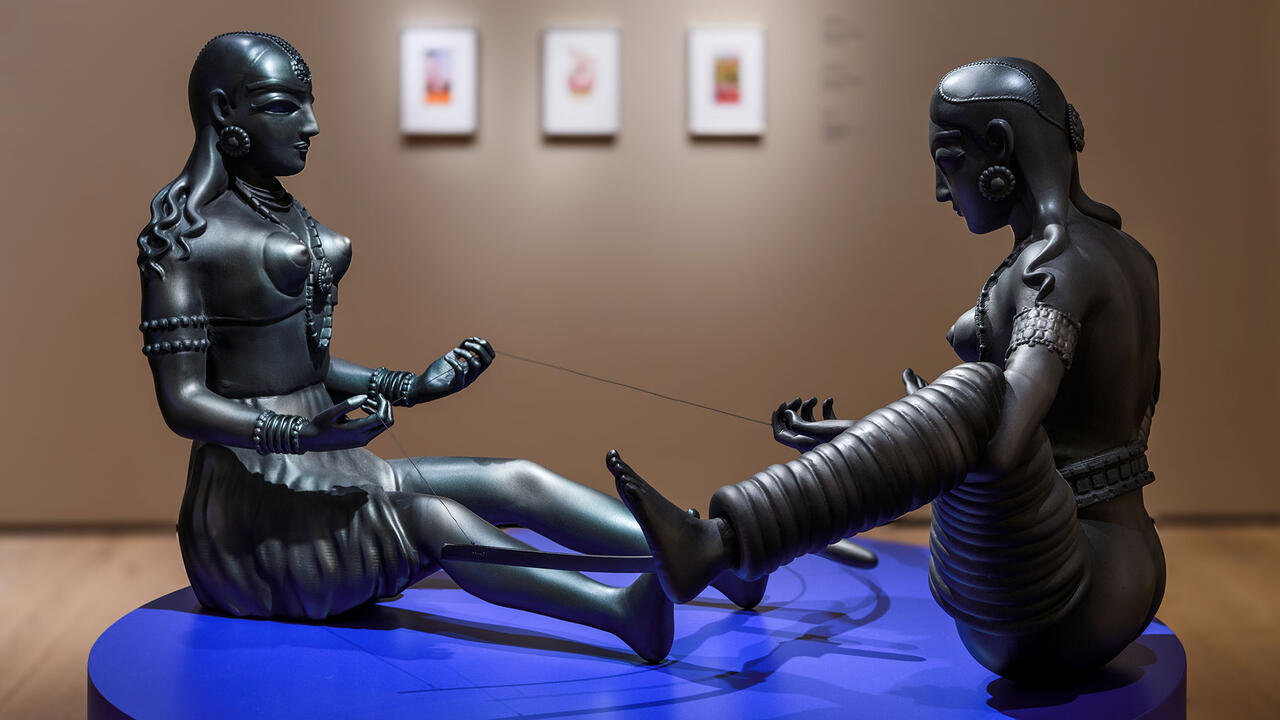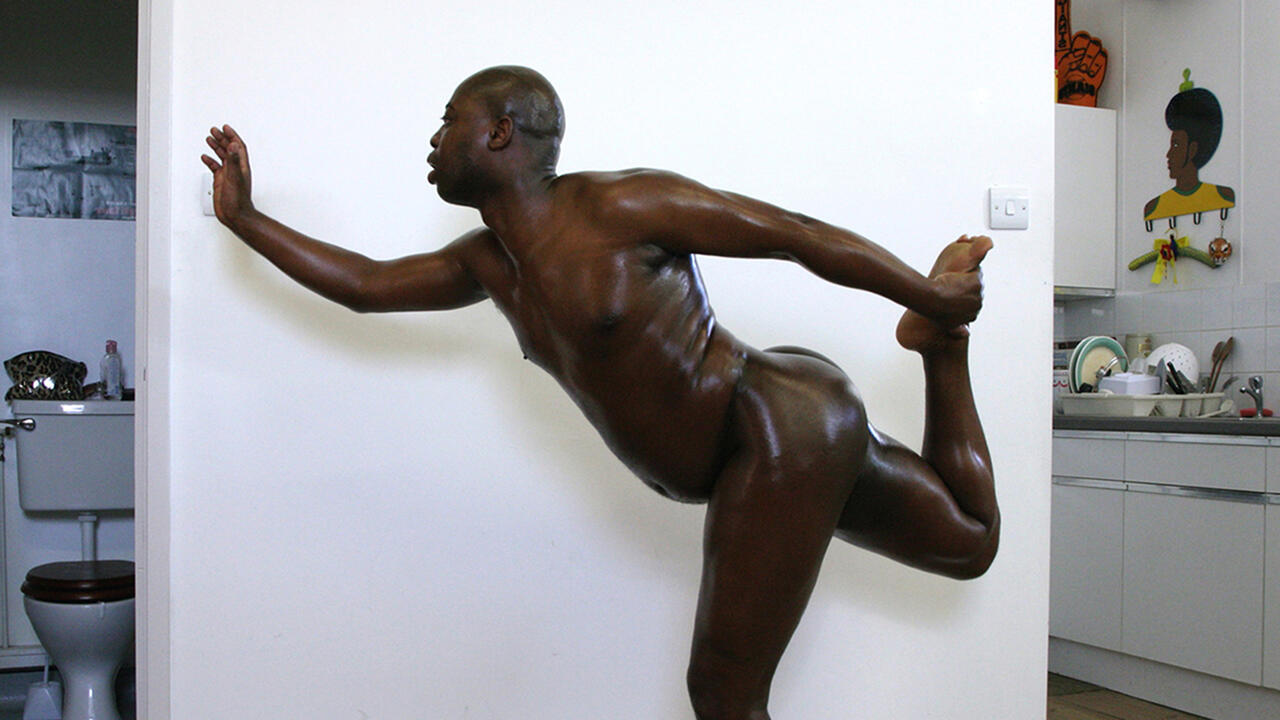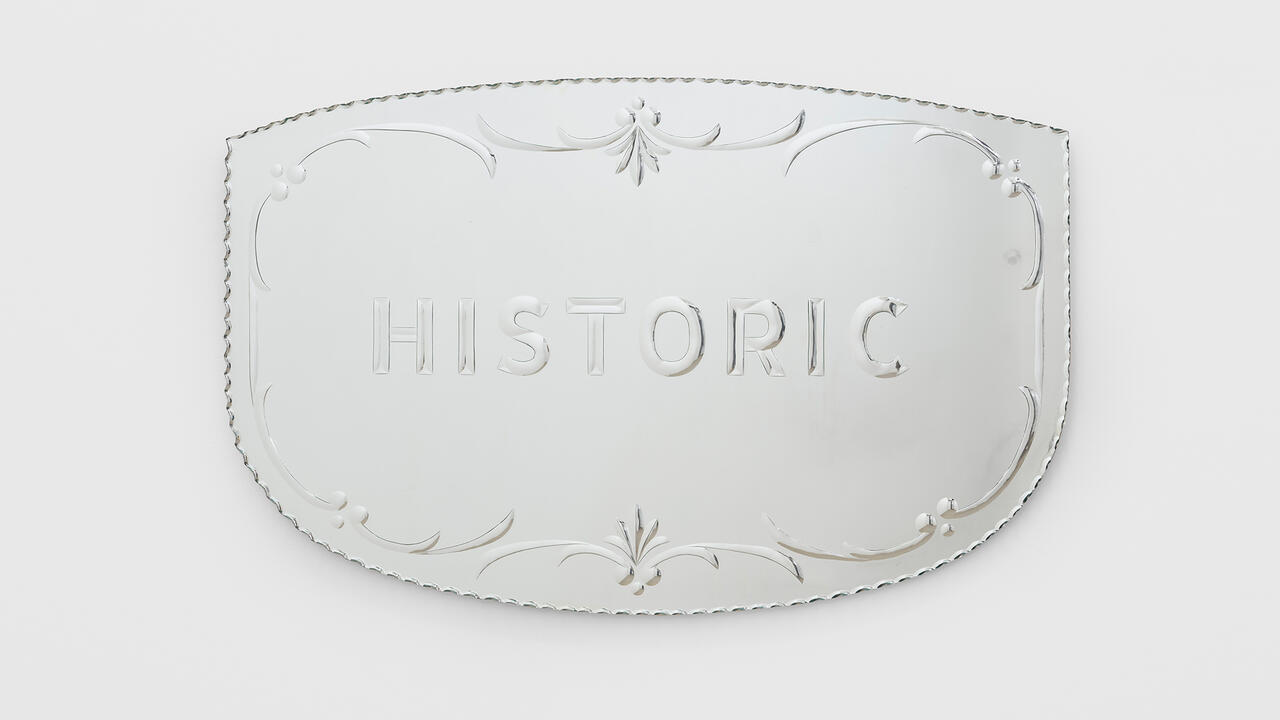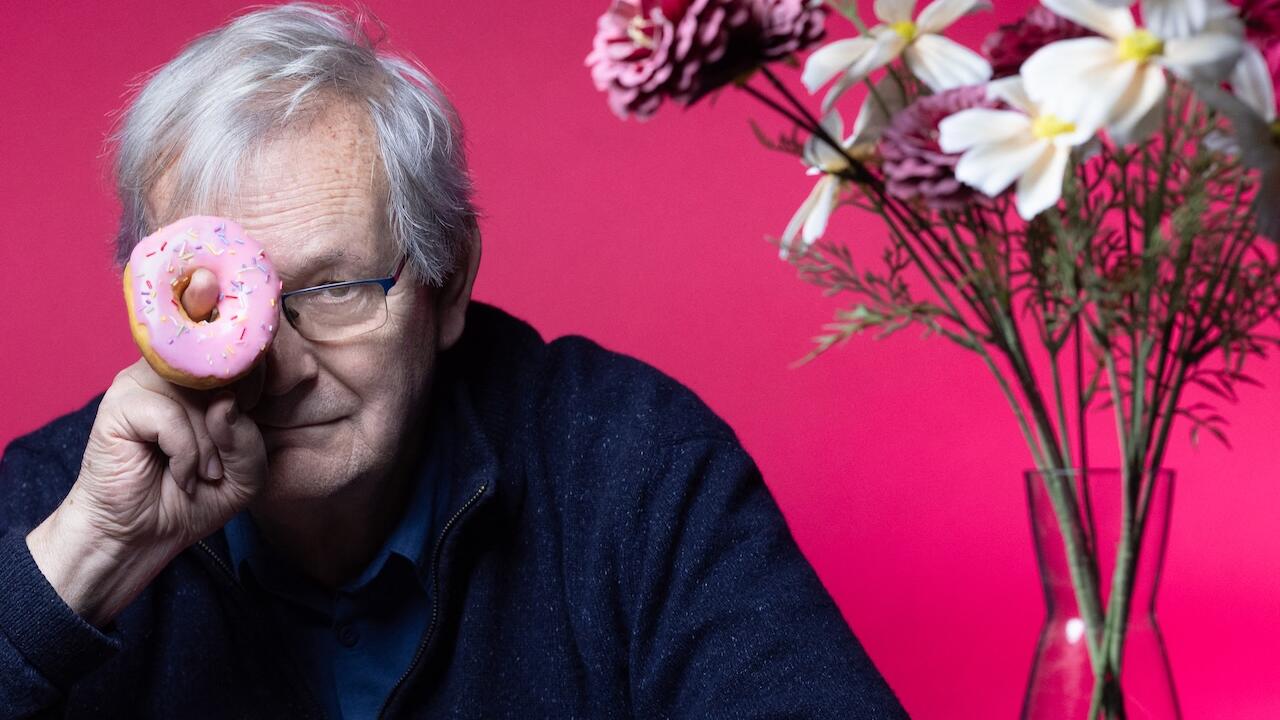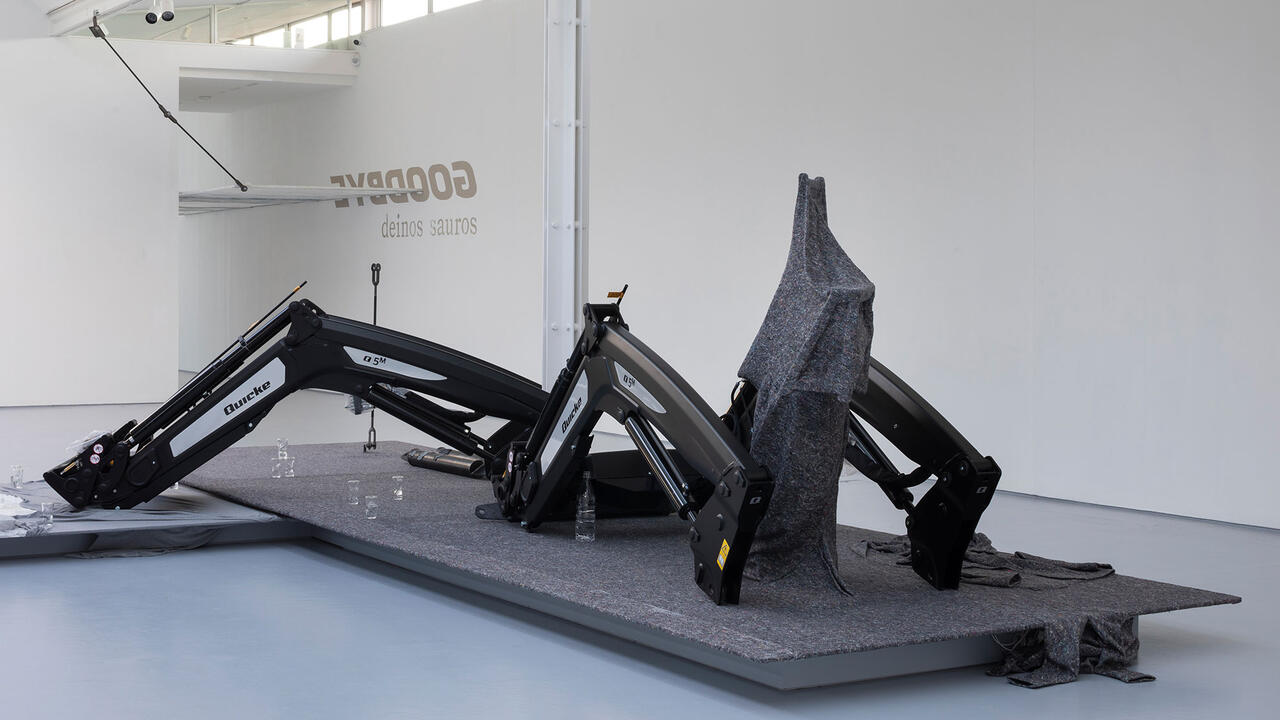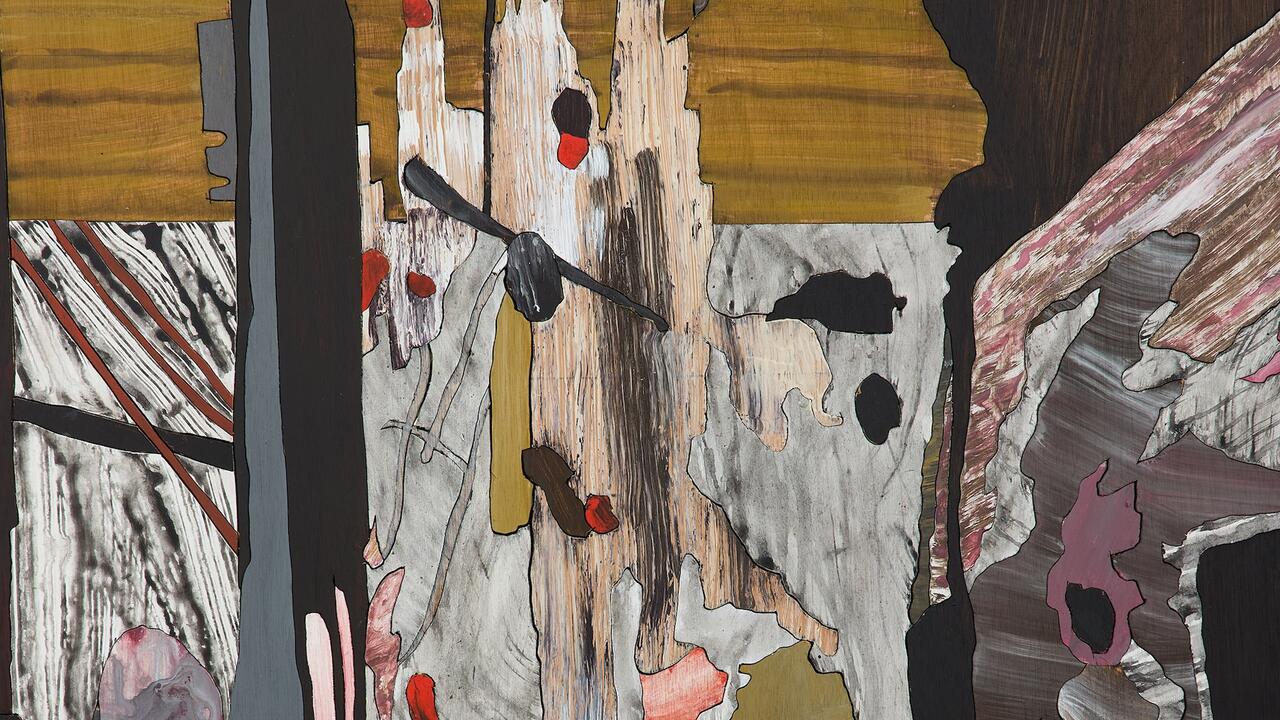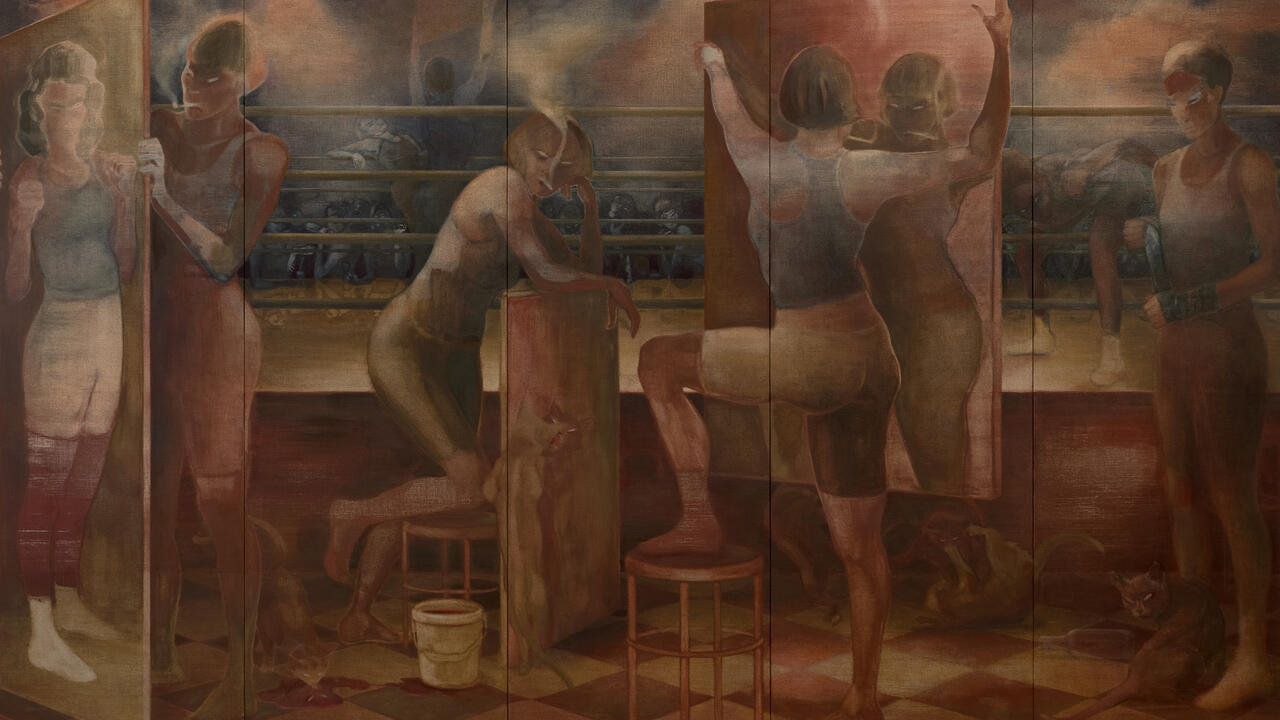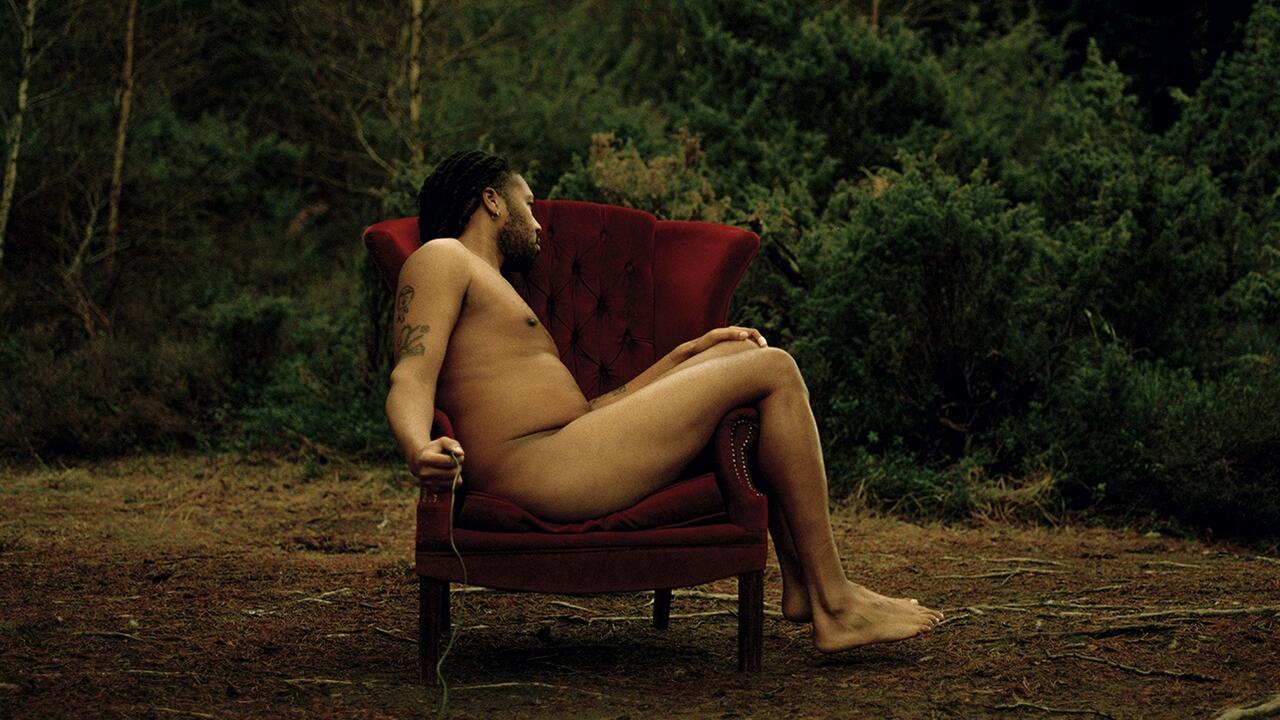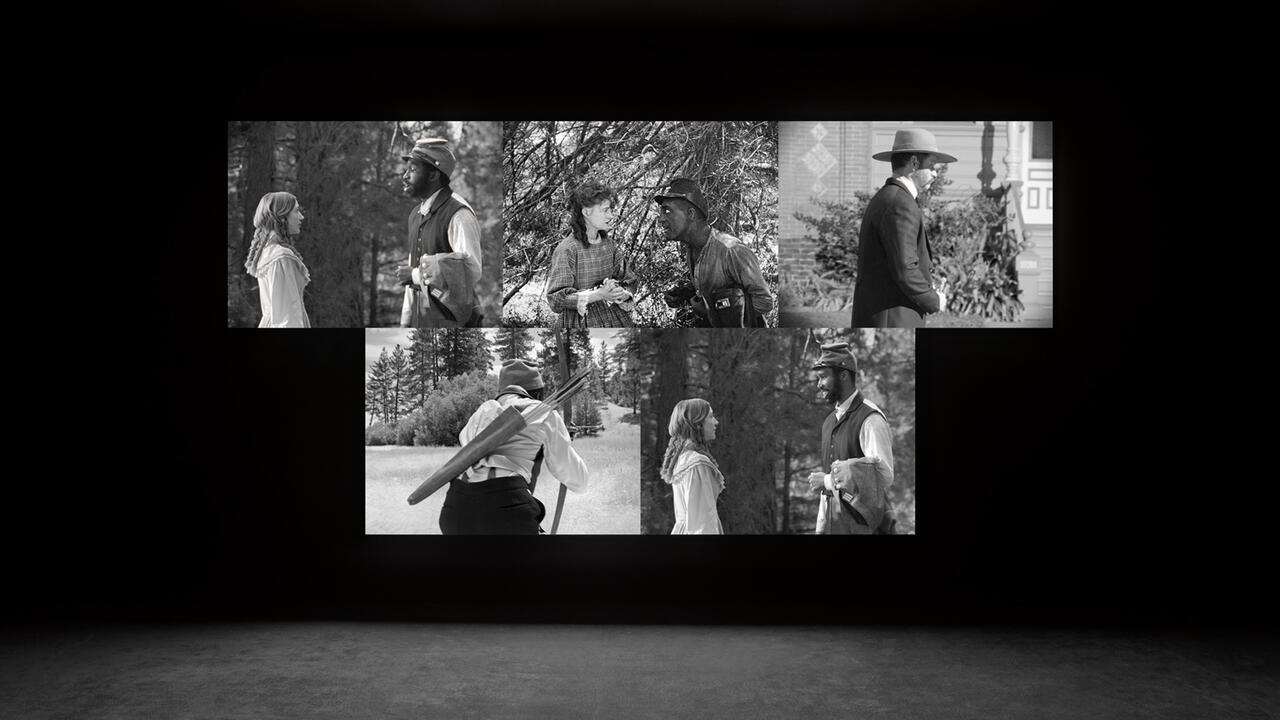Phyllis Christopher Shares Joyous Moments of Queer Survival
A tactile archive exhibition of the artist’s photography at Birmingham’s Grand Union evokes the joyful resilience of LGBTQ+ people in the face of adversity
A tactile archive exhibition of the artist’s photography at Birmingham’s Grand Union evokes the joyful resilience of LGBTQ+ people in the face of adversity

Phyllis Christopher’s ‘Heads and Tails’ at Birmingham’s Grand Union shares the delights of defiant queer kinship. As the experiences of LGBTQ+ communities become more prevalent in mainstream media, focus is often placed on the tragic conclusions of individual narratives, while the joys of queer lifestyles are sidelined. Christopher documents San Francisco between 1988 and 2007, from the height of the AIDS crisis to the years of collective healing that followed. She finds utopia in small details: tangled rope and fishnets, jubilant streams of urine and sweet, curled hairs on a soft stomach.
The exhibition is a sensual, tactile experience – from the dark, heavy curtain at Grand Union’s entrance to the small magnifying glasses that can be held to illuminate tiny clippings of photographic negatives. Inviting us to handle boxes of torn test strips and rifle through an intimate archive of erotic encounters, Christopher makes us aware of the intrusive nature of touching another’s possessions. Yet, the exhibition also demonstrates the power of generous physical camaraderie at a time when COVID-19 restrictions dictate that bodies should exist separately.

Christopher’s subjects rekindle our yearning for the delights of bodily interaction and reflect the strengths of togetherness. In audio accompanying Test Strips (1988–2003), Christopher reminisces about a past girlfriend, enthusing about shared experiences, the safety provided to them by Queer Nation’s ‘Kiss In’ events, and their triumphant make-out sessions for tourist buses. Although the relationship is spoken of retrospectively, their intimate forms of protest are preserved in the gentle exchange of saliva in Kiss In (1990). This digitally projected Super-8 film demands visibility of the lesbian kiss, while the installation at Grand Union provides a secluded area in which new such interactions might take place. Seduced by the artist’s disclosure of an otherwise oppressed moment of affection, we become awkward, invasive voyeurs to an act of non-violent resistance.
Christopher’s work bears witness to the community that preserved her. Each image inhabits time in different ways, simultaneously contributing to the immediate subculture that encouraged her peers to gloriously persist while also documenting those around her for future observers. In Skin (1988–90), a second Super-8 projection, the artist peels away waxy, restrictive materials from her nude stomach, exposing defenceless queer skin and denoting a sexual emergence that is vulnerable yet victorious thanks to those around her.

In the interview accompanying the exhibition, Christopher asserts: ‘Our friends were dying because they were having sex, and we were being told that we didn’t deserve to have sex.’ She exhibits a queer generation who are, despite the odds, profoundly and defiantly alive, wholeheartedly inhabiting their flesh before it is gone. There is a place for mourning but, during the AIDS epidemic, the queer community were not considered worthy of society’s grief. Instead, in Christopher’s images, we see the violence of this indifference being challenged by unashamed presence. Aware of their own transience, the subjects of ‘Heads and Tails’ explore the sensual nature of queer physicality. Christopher reminds us of previous accomplishments of queer survival, so that we, too, can go on to survive. She teaches us that, although we may grieve, survival is not mournful. It is a jamboree.

Phyllis Christopher ‘Heads and Tails’ runs at Grand Union, Birmingham, until March 2021. A companion exhibition is open at the BALTIC Centre for Contemporary Art, Gateshead. ‘Dark Room: San Francisco Sex and Protest, 1988–2003’, published by Book Works in October 2021, is the first book to spotlight Christopher’s trailblazing photographs documenting lesbian erotic life and political struggle.
Main image: Phyllis Christopher, Castro Street Fair, San Francisco (detail), 1989. Courtesy: the artist and Grand Union, Birmingham, and BALTIC Centre for Contemporary Art










